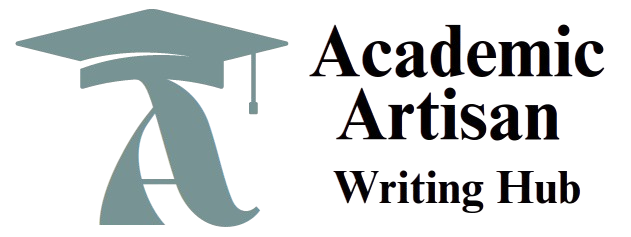WhatsApp Number: +1(249) 265-0080
Carbohydrate Metabolism Steps
The discussion is based on the textbook readings from Microbiology (2016). Once you have completed your assigned readings (see Unit Overview page) and your assigned activities for this unit, please answer 2 of the prompts below:
- Distinguish organic molecules, structure, and function. Be sure to talk about all 4 molecules. (USLO 3.1)
- Distinguish enzyme structure, function, and inhibition. (USLO 3.2)
- Differentiate catabolism, anabolism, and energy. (USLO 3.3)
- Discuss the steps of carbohydrate metabolism (glycolysis, Krebs cycle, and electron transport chain). (USLO 3.4)
- Compare the energy yield and final electron acceptors of metabolic pathways. (USLO 3.5)
- List and discuss the metabolic diversity of microorganisms. Ex: Chemoheterotrophs (USLO 3.6)
Check our essay writing services here
Carbohydrate Metabolism Steps
Prompt 1: Organic Molecules – Structure and Function (USLO 3.1)
Organic molecules are carbon-based compounds essential to life, categorized into four major types:
-
Carbohydrates – Made of carbon, hydrogen, and oxygen in a 1:2:1 ratio. Their primary function is energy storage and structural support. Examples include glucose (energy source) and cellulose (plant structure).
-
Lipids – Composed mostly of carbon and hydrogen, with a small amount of oxygen. They are hydrophobic and function in long-term energy storage, membrane structure (phospholipids), and hormone production (steroids).
-
Proteins – Built from amino acids linked by peptide bonds. They serve structural, enzymatic, and transport roles in cells. Examples include enzymes, antibodies, and muscle fibers.
-
Nucleic Acids – Made of nucleotides (sugar, phosphate group, nitrogenous base). DNA stores genetic information, while RNA helps with protein synthesis.
Prompt 4: Steps of Carbohydrate Metabolism (USLO 3.4)
Carbohydrate metabolism occurs in three main steps:
-
Glycolysis – Takes place in the cytoplasm. Glucose (6-carbon sugar) is broken down into two molecules of pyruvate (3-carbons each), producing 2 ATP and 2 NADH.
-
Krebs Cycle (Citric Acid Cycle) – Occurs in the mitochondrial matrix (or cytoplasm in prokaryotes). Pyruvate is converted to acetyl-CoA, which enters the cycle. The cycle produces 2 ATP, 6 NADH, 2 FADH₂, and CO₂ as waste.
-
Electron Transport Chain (ETC) – Located in the inner mitochondrial membrane (or plasma membrane in prokaryotes). Electrons from NADH and FADH₂ are transferred through protein complexes, creating a proton gradient. This drives ATP synthesis via chemiosmosis, generating up to


